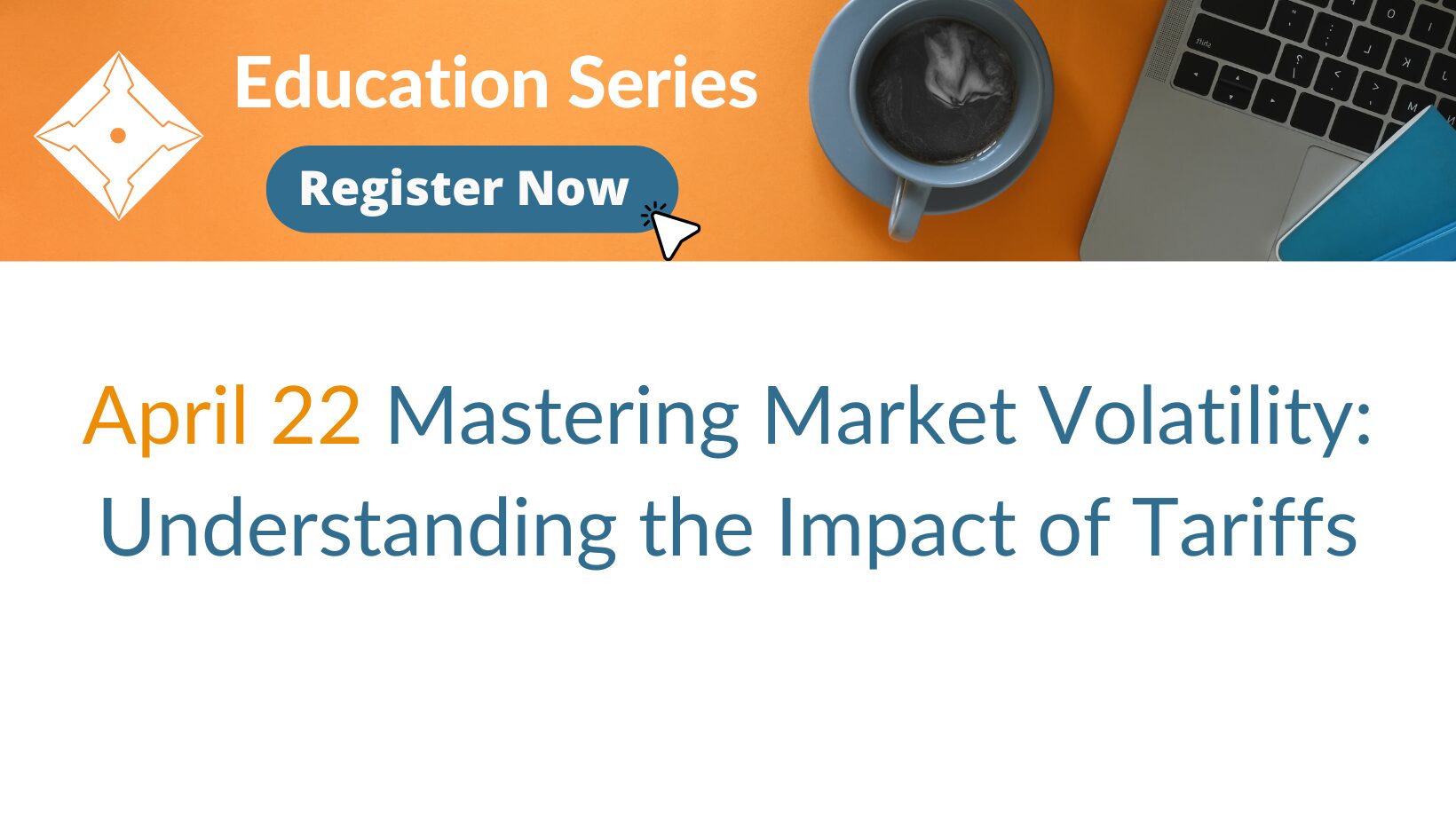Risk vs. Volatility
As an investor, you often hear news stations talking about “risk” and “volatility” when referring to the markets. In casual conversation, these terms may be used interchangeably, leading some investors to believe that they are the same thing. However, even though there is a correlation between risk and volatility, they are very different concepts, and investors should understand the difference.
What Is Risk in Investing?
From a young age, we are trained to perceive risk with a negative connotation. “Don’t do that! It’s too risky!” is something each of us has probably heard at some point in our lives. However, as an investor, try to think of risk as neutral. In my opinion, the best definition of risk in investing is simply the chance that an investment will experience actual returns different from those that are expected. When considering risk this way, it can be either positive or negative.
For example, if the S&P 500 is expected to return 6% over the year and it returns 4%, this is a downside risk. Similarly, if the S&P 500 were to return 10%, this would be an upside risk.
Risk is simply the likelihood that the expected does not happen. Investors rarely think of risk this way. Often, underperformance is associated with risk, while outperformance is associated with smart investing. However, outperformance is also a function of risk. Whenever you buy an investment asset, you gain the opportunity to both underperform and outperform. In general, the less risk incurred, the lower the chance that actual returns deviate from the expected. Typically, the less certain (less risky) an investment, the lower the expected return. The more uncertainty you can tolerate, the more risk you can accept and the more chance you have for better (or worse) returns.
What Is Volatility in Investing?
On the other hand, volatility measures how quickly an investment’s value fluctuates over time. As a result, investments can go through periods of high volatility and low volatility. In addition, volatility is often correlated with risk, meaning that high volatility investments generally have a higher risk. However, sometimes, especially in the case of hedging, high volatility investments can be very low risk.
Volatility often induces a strong emotional response, especially when an investor loses a lot of money very quickly, as is often the case in recessions and bear markets. However, it is also important to resist the urge to react negatively during these times. Financial professionals can help investors navigate these events and manage their risk, so they can withstand the occasional drops in the market that are bound to occur.


